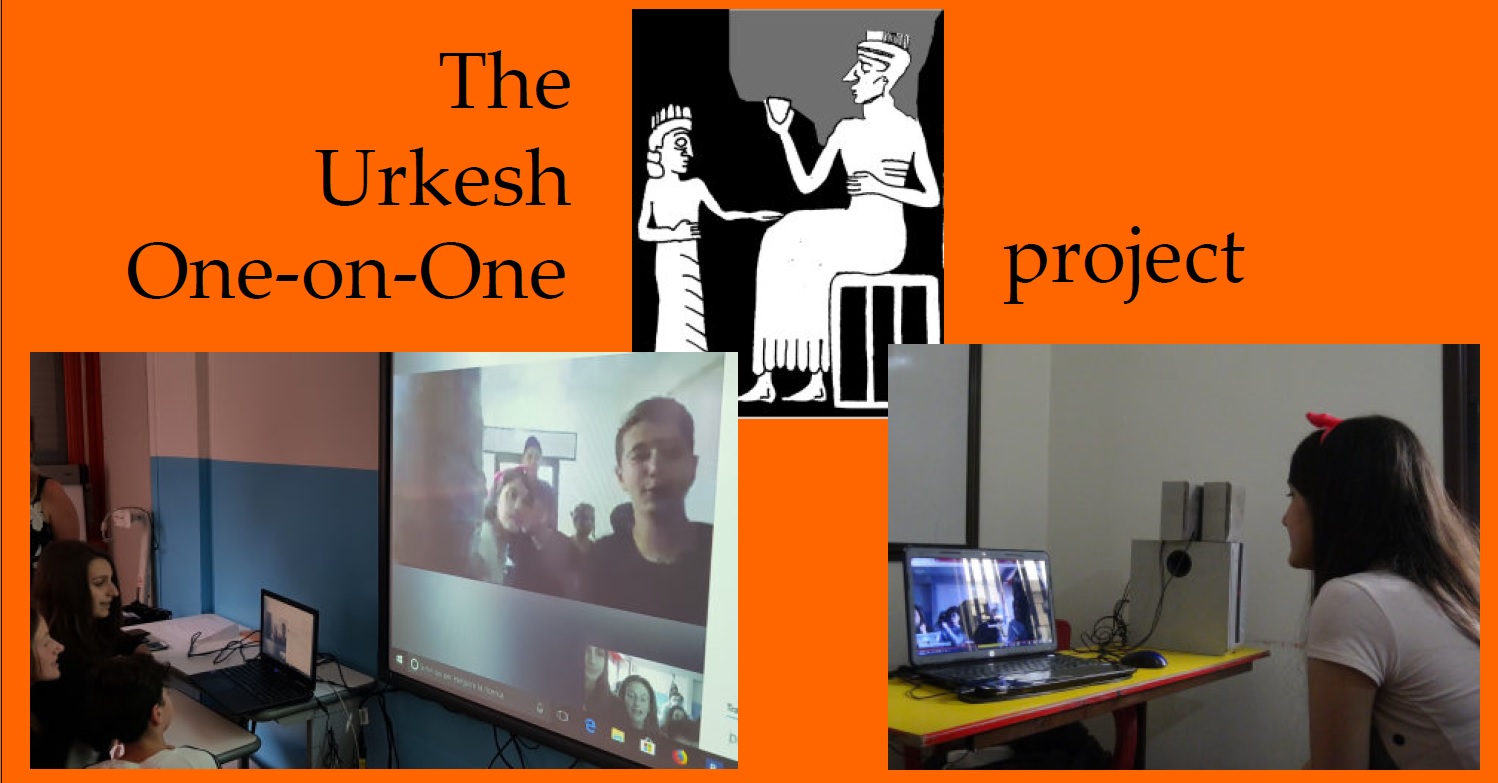
"Distancing" is the word we hear today, the world over.
But archaeologists have been practicing "distancing" for a long time. It is a chronological "distance." We look into a "distant" past and make it our own.
We break the barrier of time.
The Urkesh One-on-One project bridges the distance in both time and space.
And it does so relying on the young.
The youngsters who live near the Urkesh of today study the Urkesh of yesteryear, they visit the excavation site, and they interpret it and its history for the youngsters around the world – under the supervision of young Syrian archaeologists on three continents.
They do this on an individual basis, talking with each other across borders with the use of online connectivity. The cyberspace is being populated by the figures from ancient Urkesh, brought to life by their young "compatriots."
It is a new way to discover heritage: the local heritage being shared by the young Urkesh inheritors on a global and yet personal basis.